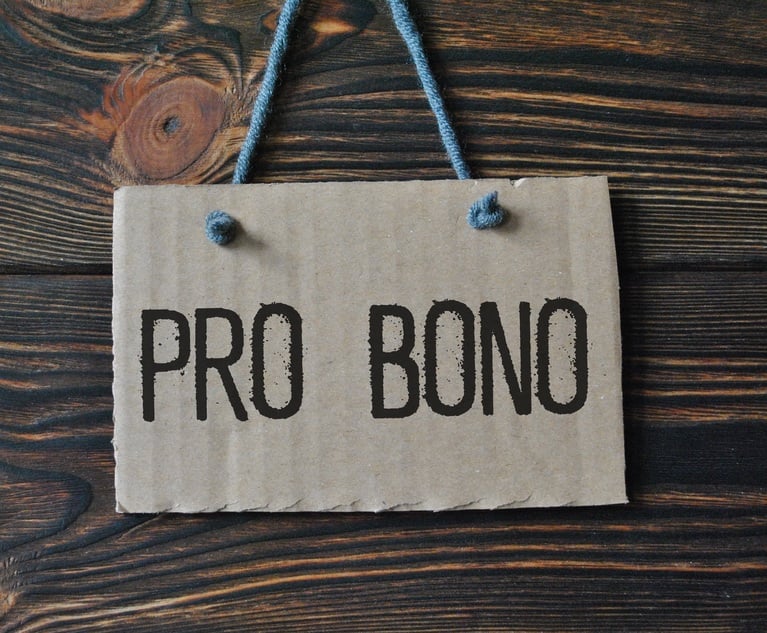During the Middle Ages, scribes copied books by hand. Their output was scarce and expensive, elaborately bound as precious objects and chained to library shelves. Unorthodox or heretical works did not get copied. Gutenberg changed all that. Printing made books exponentially cheaper. Printing technology was open to any literate layman with the capital to afford a press and a case of type. The circulation of written matter increased, and the range of what could be circulated expanded. Disruptive consequences followed, starting with the Protestant-Catholic schism known as the Reformation.
It took almost 100 years after the invention of printing for religious and secular powers-that-be to get this radical new information technology under control by a system of licensing printers and pre-publication clearance. The English system of prior restraint did not lapse until after 1689, and the French until the French Revolution. Only the Dutch Republic allowed more or less free printing.


 Credit: Shutterstock.com
Credit: Shutterstock.com




